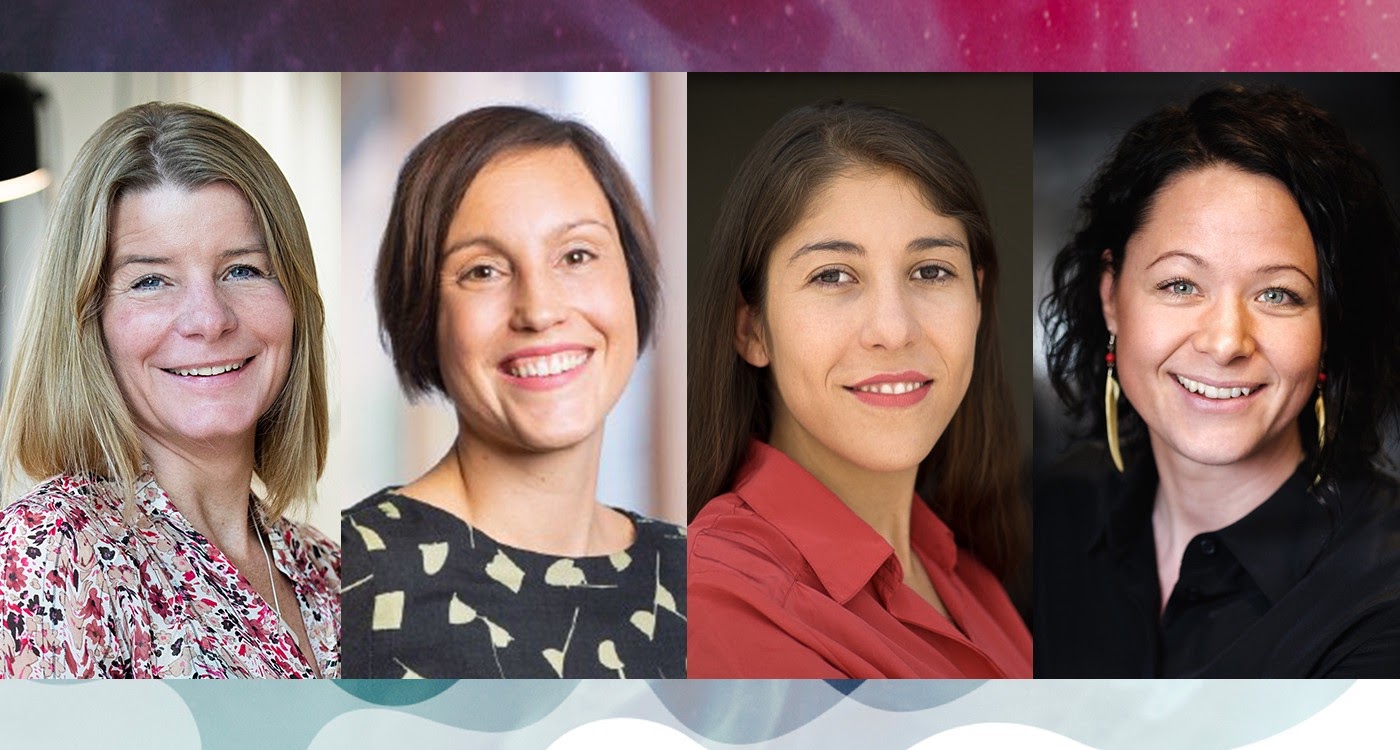The Nordic circular economy ecosystem LOOP is committed to building the innovation of tomorrow through cooperation — The future is right around the corner and we don’t have time to only think, analyse and write reports. We need to act and to design solutions, says Maria Klint from Antrop.
LOOP was initiated in 2018 to accelerate the transition to circular economy by Avanto Ventures, Nordic Innovation and the Finnish Innovation Fund Sitra. During the first two years it became clear that there is a need for an ecosystem helping companies in taking the circular economy from strategy to action.
This year, to speed up the change from linear to circular even more, Avanto Ventures joined forces with like-minded companies in the Nordics; Antrop in Sweden, Agens and Startup Norway in Norway and ArtRebels in Denmark. With this unique Nordic collaboration, knowledge can be shared faster and new unexpected partnerships found which will accelerate the transition towards a circular future.
LOOP is an ecosystem of innovators for the circular economy: corporations, startups, investors, and experts come together in an effort to create solutions and actively build a sustainable future. Through LOOP, companies can get help with piloting and scaling their circular business ideas fast.
Virginia Vegas, Investment Program Director at Startup Norway says they have chosen to enter the LOOP ecosystem as great change is best achieved through cooperation with others.
— We are very happy to work on this project with other Nordic counterparts. No matter how much Norway can do to support a greener and more sustainable planet, we will not achieve transformative change by acting alone. That is why we think it is very important to cooperate on a Nordic level on this matter and lead the way to a circular economy at the European level and the global level, says Vegas.
Learning-by-doing transformations
Circular economy is a big topic and most of the solutions are new. Therefore, getting started can be difficult. The LOOP approach is to identify the circular opportunities and rapidly start validating them on the market. You can spend endless hours planning new approaches on your own but the only way to understand the viability of the new solutions is to test them in real life.
Maria Klint, Service Designer and Facilitator at Antrop says LOOP is the answer to a need in our societies: LOOP is not looking for the perfect solution that will solve all our problems right away, but rather stepping stones for a new stairway. Perhaps some of the solutions will inspire others to come forward with their ideas?
— Many brilliant minds are focusing on strategy, analysis, and planning for a circular economy. LOOP gathers expertise in how to quickly get ideas on the table, identify collaborations and prototype and test hypothesis. We believe that learning-by-doing will speed up the transformation to more circular solutions on the market. The future is right around the corner and we don’t have time to only think, analyse and write reports. We need to act and to design solutions. We’re not saying this is easy, but it is necessary. And that’s why LOOP exists, says Klint.
Collaboration is the key to get things going
Innovation is here to lead the way on thought-change. Moona Pohjola, Head of Ecosystems at Avanto Ventures says circular economy can’t be built alone and that is why LOOP focuses on bringing companies, big and small, together to find and test new solutions. Growth companies are developing new circular solutions continuously and collaboration with corporations may accelerate their development and penetration.
— Circular economy is an ecosystem game. To make the transition from linear to circular, new types of collaborations are needed. By working together, corporations and startups are able to get the circular solutions rapidly on the market. LOOP has different methods of facilitating these new types of collaborations. LOOP digital ecosystem is one tool to connect people working with the circular economy in the Nordics to get discussions on-going and share latest circular solutions from growth companies.
Maria Klint says LOOP is there to help the companies willing to indulge in such opportunities for change, whatever the maturity level in circular economy.
— Maybe you’ve just begun your conversion to circular economy and want inspiration, or a boost from the starting line. Maybe you’ve already made some progress, but need help to concretize or realize your ideas. Wherever you may be in the process, we can customize support that leads to your next step, says Klint.
Creating sustainable values for the future
Marthe Haugland, Senior Innovation Adviser at Nordic Innovation says there are great advantages coming from changing non-circular business models. Nordic Innovation is the ‘innovation arm’ of the Nordic cooperation, and Haugland says they identified the circular economy as an important focus area where the Nordics could gain a competitive advantage by transitioning early on, the Nordic countries already have strongholds like a digital population, large bio and raw material resources and a willingness to change.
— There are several industries that have a large potential to change and use circular business models in their operations. A circular business model will bring you closer to the customer (you solve the customer need) and you will use less (raw) materials, saving money, as well as finding new revenue streams. This can really be a competitive advantage for the early movers. Sectors with a large environmental footprint like the construction, food and textiles are important industries, where showcasing solutions that actually work both in an economical and environmental way is important and can help others to change as well, says Haugland.
She adds that Nordic Innovation’s ambition with LOOP is to help companies take the circular economy from strategy to action.
— Nordic Innovation’s aim is that LOOP will match startup solutions with corporate challenges to create new solutions and circular ventures that are both scalable and will contribute to the transition to a circular economy in the Nordics. LOOP helps companies create new value, which is one of Nordic Innovations goals; sustainable value creation, says Haugland.
Full article by Benedicte H. Tandsæther-Andersen from Startup Norway can be found here: https://medium.com/startup-norway/four-industry-experts-of-loop-on-creating-a-community-for-circular-economy-70523111b850






